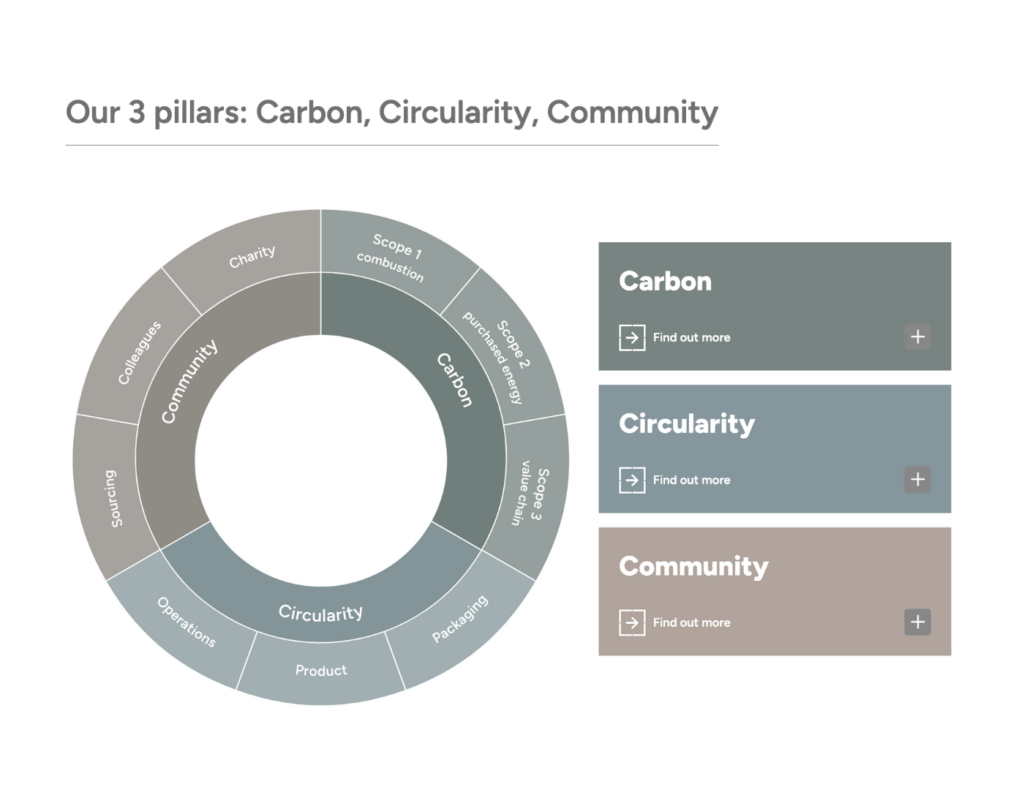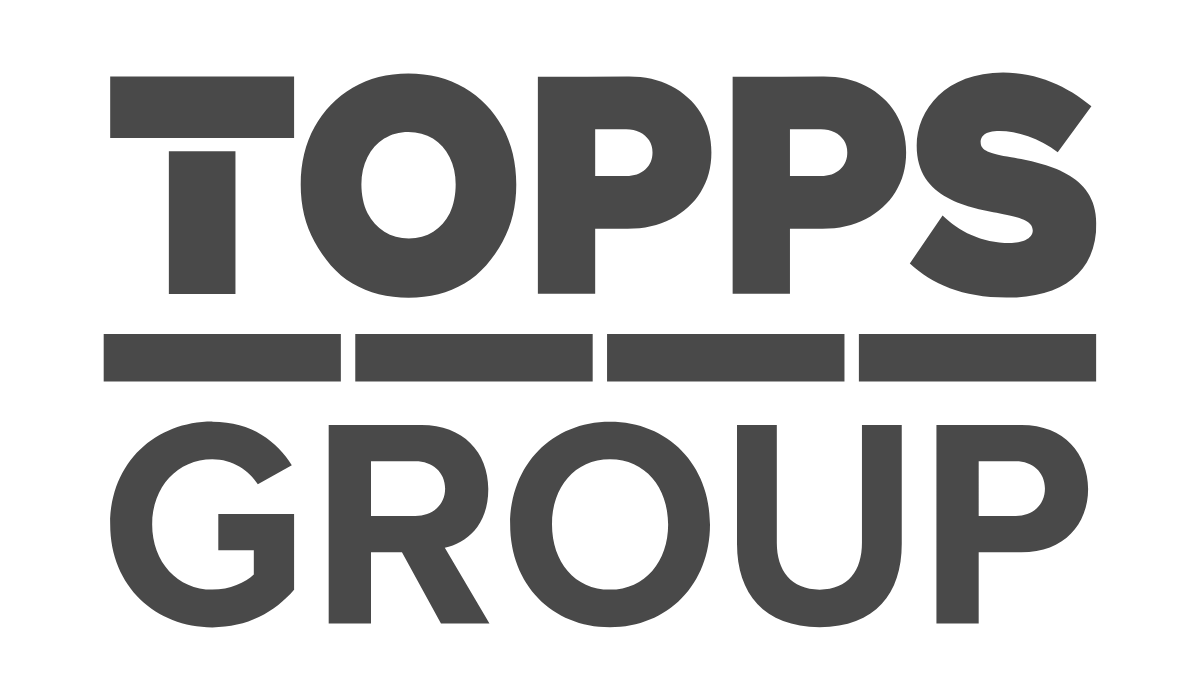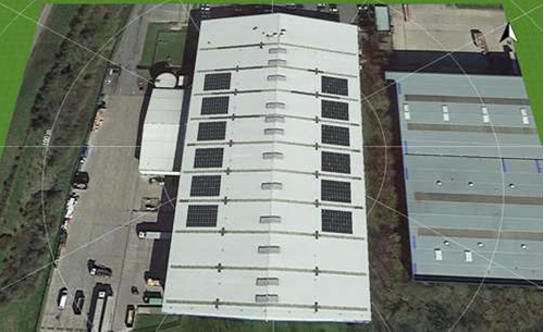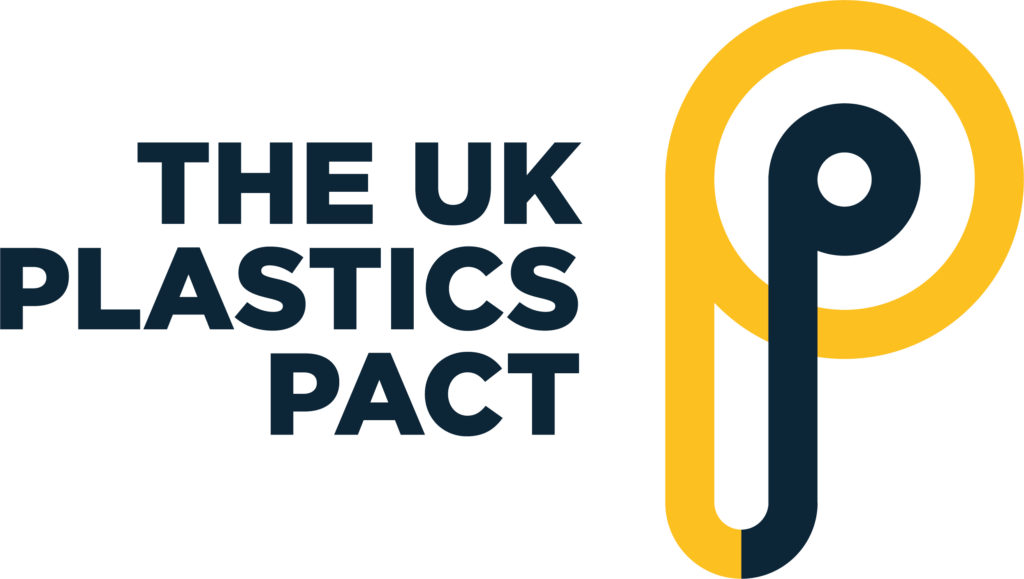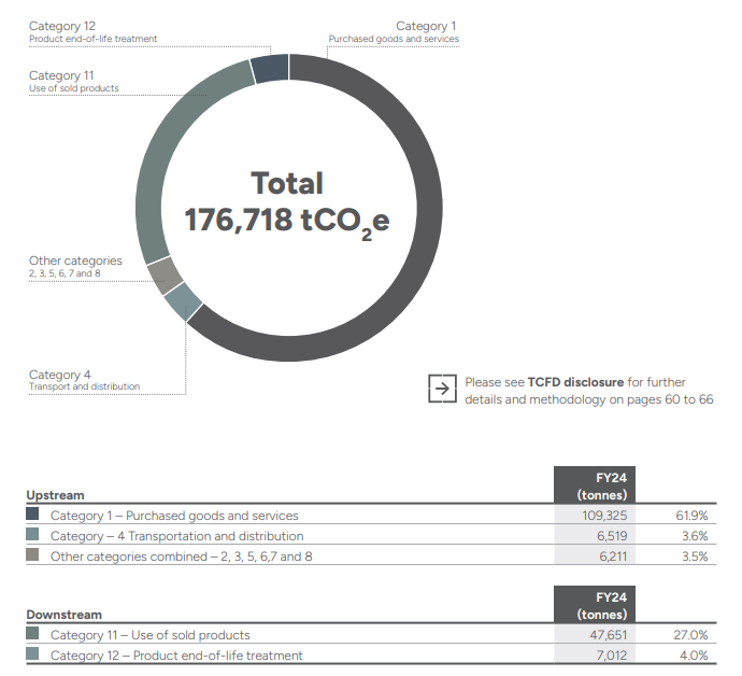HIGHLIGHTS
- Understand Climate Action Scopes: 1, 2 and 3.
- Install solar panels to generate renewable energy.
- Upgrade and service regularly gas fuelled heating equipment.
- Transition away from diesel vehicle fuel to Hydrated Vegetable Oil (HVO).
- Reuse and recycle waste materials.
- Turn waste into a revenue stream.
- Join the UK Plastic Pact.
- Use EPDs (Environmental Product Declarations) for more accurate emission data.
Topps Group has integrated Environmental Leadership into its core strategy, focusing on circularity and carbon reduction. Over the past three years, the company has made notable strides under its ‘Environmental Leadership’ programme.
Climate Action Scopes 1 & 2
It is important to mitigate climate change and reduce carbon emissions that contribute to global warming and by slowing down the rate of climate change we can limit its severe impacts, such as extreme weather events, rising sea level and the loss of biodiversity.
Topps Group’s emissions from properties and facilities are minimal due to the use of renewable energy across all its sites (excluding NI). In 2023, 914 solar panels were installed at the Grove Park site that generates 307,709 kWh per annum which significantly reduces the cost of energy. Additionally, the business has a programme of upgrading old and inefficient heaters in stores which has led to a 30% reduction in emissions where a replacement has taken place.
Nearly 50% of the company’s emissions comes from its transport fleet and to address this, Topps Group plans to transition away from diesel to using Hydrated Vegetable Oil (HVO), which will significantly reduce fleet emissions.
Circularity – Responsible Consumption and Production
Topps Group is committed to circularity, reusing and recycling materials to manage resources and waste responsibly. In 2024, the company reduced tile waste by 9% (196 tonnes) through improved warehouse procedures and store disposal reductions. The company also returned 150 tonnes of plastic and cardboard from stores for recycling and recovered 112,000 pallets. This successful initiative turns waste into a revenue stream rather than a cost. In the last 12 months, operational waste has been reduced by 357 tonnes, showcasing the company’s dedication to sustainability.
As a signatory of the UK Plastics Pact, Topps Group aims to ensure that its own-brand plastic packaging is 100% recyclable and contains, on average, 30% recycled content by 2025.
Climate Action in Scope 3 – Closing the Loop on Carbon Inventory
In the last year, Topps Group published its first Scope 3 emissions, marking a significant milestone in its sustainability journey. Scope 3 includes indirect emissions across the entire value chain, from manufacturing to product use. Reporting on these metrics ensures transparency and accountability, allowing the company to assess the environmental impact of its business decisions.
In FY24, Topps Group partnered with Normative, a carbon consultancy, to measure its carbon inventory across all scopes. Using a hybrid approach of activity and spend data, we ensured granularity, with 98% of our Scope 3 emissions calculated using activity data. This provided a detailed understanding of the carbon footprint at the supplier and product level. With the support of suppliers, numerous Environmental Product Declarations were used to ensure accurate emission factors. Key suppliers with the largest carbon footprints were engaged through workshops and surveys to understand the maturity of their carbon inventory.
Measuring and managing sustainability outcomes is crucial for Topps Group’s success.
Understanding CO2 emissions: Scopes 1, 2 & 3
The UK government uses the Greenhouse Gas (GHG) Protocol to classify a company’s emissions into three scopes: 1, 2, and 3 which are based on where the emissions originate. These scopes help identify the size of a company’s carbon footprint and how to reduce its impacts
Scope 1 – Direct emissions from sources owned or controlled by a company. For example, emissions from burning fuel in company-owned vehicles.
Scope 2 – Indirect emissions from purchased energy. For example, emissions from generating electricity used in company buildings.
Scope 3 – All indirect emissions that occur in a company’s value chain, not included in Scope 2. For example, emissions from buying, using, and disposing of products from suppliers.
